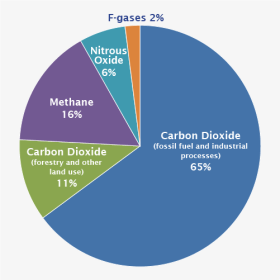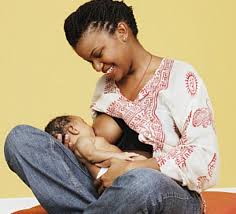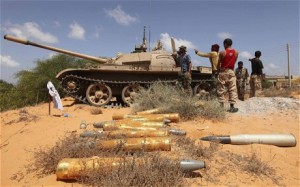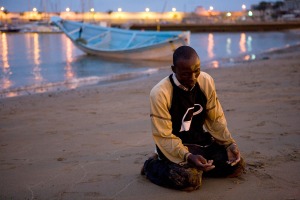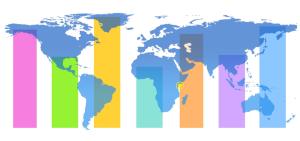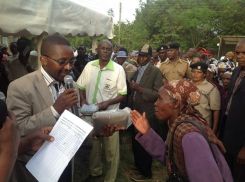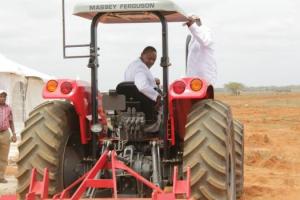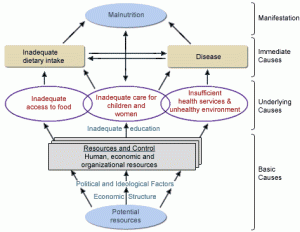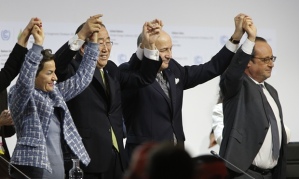
French foreign minister and president-designate of COP21 Laurent Fabius (centre), raises hands with UN secretary general Ban Ki Moon and French president François Hollande. Photograph: Francois Guillot/AFP/Getty Images (obtained from The Guardian)
After two weeks of intense negotiations between the 200 member countries at the Conference of Parties (COP) in Paris, an agreement on the way forward in reducing greenhouse gas (GHG) emissions was reached. This ‘Paris Agreement’ has been lauded as ‘historic’, ‘the world’s greatest diplomatic success’ among many other superlatives.
In essence, the agreement marks the beginning of completely doing away with fossil fuels, keeping global temperatures from rising more than 2°C (3.6°F) by 2100 with an ideal target of keeping temperature rise below 1.5°C (2.7°F), developed countries sending $100 billion annually to their developing counterparts beginning in 2020 with the aim of helping the recipient countries adapt to the effects of climate change, all member countries reporting transparently on their progress towards meeting their climate commitments and submit new plans to strengthen them. In reaching this agreement, credit has to be given to the small island states which were pivotal in the formation of the “coalition of high ambition” that led to the final agreement.
However, in order to reach these goals, it is imperative to consider the contribution of Agriculture to global warming. While fossil fuels (and industrial processes) account for 65% of GHG emissions making it the largest contributor, agriculture accounts for 24% (including forestry and other land uses) when analysed by economic sector thus making it the 2nd largest contributing sector after electricity and heat production which accounts for 25%.
Source: IPCC (2014); based on global emissions from 2010. Details about the sources included in these estimates can be found in the Contribution of Working Group III to the Fifth Assessment Report of the Intergovernmental Panel on Climate Change.
Of Agriculture’s contribution, livestock through the emission of methane and nitrous oxide accounts for 14.5 %. Of course the major livestock contributor is cattle, whether kept for dairy or meat, which accounts for 65% of the livestock sector’s emissions followed by followed by pig meat, (9 percent of emissions), buffalo milk and meat (8 percent), chicken meat and eggs (8 percent), and small ruminant milk and meat (6 percent). The remaining emissions are sourced to other poultry species and non-edible products.
What then does this mean for reduction of GHG emissions at the country level?
While for some countries fossil fuels accounts for a major proportion of GHG emissions, for others, it is agriculture that drives and is most burdened by GHG emissions.
For instance, in Ethiopia, livestock and crop cultivation are estimated to be responsible for more than half of total 39 emissions as of 2010. The share grows to around 85 percent of emissions when forestry is included. India produces the world’s second-largest volume of agricultural emissions, after China. Brazil comes third. Thus it is crucial for these countries to align their Intended Nationally Determined Contributions (INDCs) to focus on agriculture. Some have done so, for example Brazil aims to restore 15 million hectares of degraded pasturelands and to enhance 5 million hectares of integrated cropland-livestock/forestry systems by 2030. It also commits to strengthening South-South cooperation in low-carbon, resilient agriculture and reforestation activities.
The linkages between Agriculture and Nutrition have been proven sufficiently; strong linkage exists between the two. As countries aim to give a positive report five years from now, it is prudent for the bearers of this noble task to keep in mind the relationship between the two.
NB: For more information Climate Change (and agriculture), follow the links below
Why cop21 is important to zero hunger
Climate-Smart Agriculture is key to ending hunger
Agriculture in the COP21 Agenda
Global Gas Greenhouse Emissions Data
Livestock’s contribution to Greenhouse Gas Emissions
NB: As developing countries aim to generate much needed energy, it is crucial to focus more on renewable energy such as wind and solar as opposed to coal mining which my dear Kenya seems intent to jump into with little regard for its consequences.
